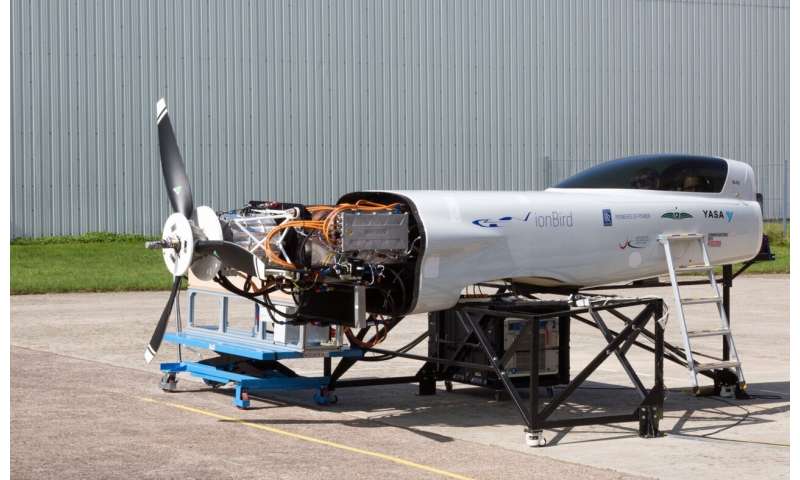Mysterious ‘pi planet’ discovered in deep space
A newly discovered exoplanet the size of Earth has one very peculiar characteristic — it orbits its star every 3.14 Earth days.
The research, published in the Astronomical Journal, notes the “pi planet” known as K2-315b is relatively close to Earth at 186 light-years away. A light-year, which measures distance in space, equals 6 trillion miles.
“The planet moves like clockwork,” the study’s lead author, MIT researcher Prajwal Niraula, said in a statement.
Exoplanet K2-315b was discovered in 2017 thanks to NASA’s Kepler telescope, but it wasn’t until this year that its orbit was confirmed via telescopes on Earth.
“Everyone needs a bit of fun these days,” co-author Julien de Wit added.
It’s believed that K2-315b is approximately 95% the size of Earth. It’s also believed to be terrestrial, or rocky, like Earth, but given its close proximity to the star, it’s likely not habitable with a surface temperature approaching 350 degrees Fahrenheit.
“This would be too hot to be habitable in the common understanding of the phrase,” Niraula added.
Additional research is needed to look into K2-315b and it could be “a promising candidate to follow up with” using the James Webb Space Telescope.
“There will be more interesting planets in the future, just in time for JWST, a telescope designed to probe the atmosphere of these alien worlds,” Niraula explained. “With better algorithms, hopefully one day, we can look for smaller planets, even as small as Mars.”
In July, Fox News reported that the launch of the James Webb Telescope originally scheduled for March 2021 was pushed back to Oct. 31, 2021, because of the coronavirus pandemic.
More than 4,000 exoplanets have been discovered by NASA in total, approximately 50 of which were believed to potentially be habitable as of September 2018. They have the right size and the right orbit of their star to support surface water and, at least theoretically, to support life.

































